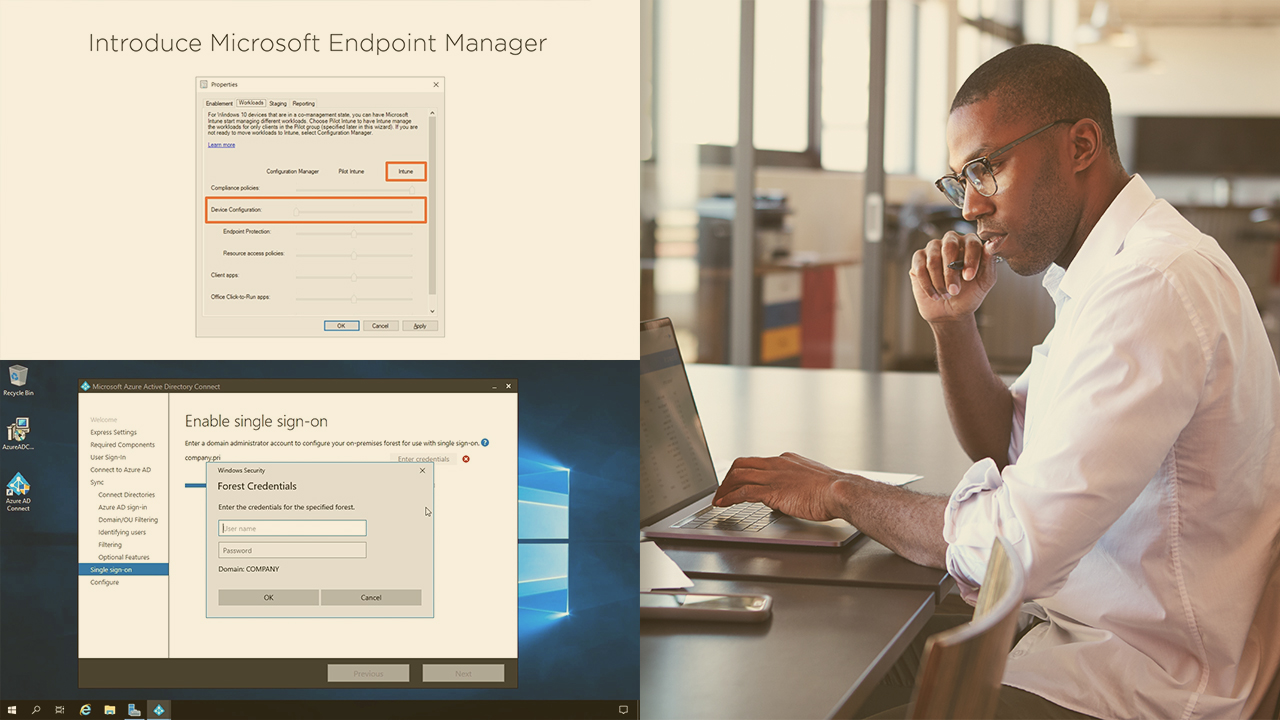
- MANAGE APPS WITH CONFIGURATION MANAGER ONLINE COURSES INSTALL
- MANAGE APPS WITH CONFIGURATION MANAGER ONLINE COURSES SOFTWARE
The goal was to deal with the entropy in computer systems' configuration and resolve it with end-state "convergence." Convergence means a desired end-state and elaborates on idempotence as a capacity to reach the desired end-state. Its primary function is to provide automated configuration and maintenance of large-scale computer systems." - GitHub repositoryĬFEngine was introduced by Mark Burgess in 1993 as a scientific approach to automated configuration management. "CFEngine 3 is a popular open source configuration management system. Those tools include Ansible Works (AWX), Jenkins, RunDeck, and ARA, which offers traceability when running playbooks. You can combine Ansible with other tools to create a central console to control processes. Playbooks can be written with a minimal set of commands or they can be scaled for more elaborate automation tasks that could include roles, variables, and modules written by other people. An SSH connection is necessary when running in push mode (which is the default), but pull mode is available if needed. Its main advantages are that it is simple, agentless, and easy to read (especially for non-programmers).īecause agents are not required, there is less overhead on servers. You can also use it to automate tasks using "playbooks" written into a YAML file, which facilitate communication between teams and non-technical people. You can use Ansible to execute the same command for a list of servers from the command line.

MANAGE APPS WITH CONFIGURATION MANAGER ONLINE COURSES INSTALL
Avoid writing scripts or custom code to deploy and update your applications-automate in a language that approaches plain English, using SSH, with no agents to install on remote systems." - GitHub repositoryĪnsible is one of my favorite tools I started using it several years ago and fell in love with it. "Ansible is a radically simple IT automation platform that makes your applications and systems easier to deploy.
MANAGE APPS WITH CONFIGURATION MANAGER ONLINE COURSES SOFTWARE
All of the descriptions are based on information from the tools' software repositories and websites. Yet the top five configuration management tools, presented below in alphabetical order, have several things in common that I believe are essential for DevOps success: all have an open source license, use externalized configuration definition files, run unattended, and are scriptable. There are a variety of configuration management tools available, and each has specific features that make it better for some situations than others. Other tools use a push model, where a central server triggers updates to managed servers. Some configuration management tools use a pull model, in which an agent installed on the servers runs periodically to pull the latest definitions from a central repository and apply them to the server.



Welcome to the communityĪnother DevOps concept is the idea that almost everything can be managed in code: servers, databases, networks, log files, application configurations, documentation, automated tests, deployment processes, and more.


 0 kommentar(er)
0 kommentar(er)
